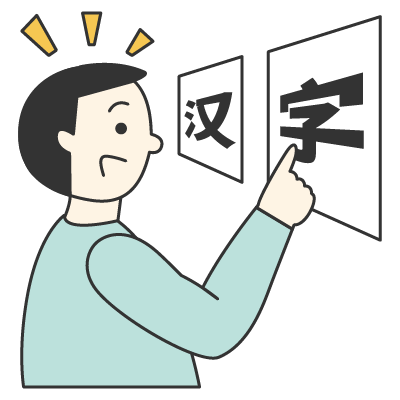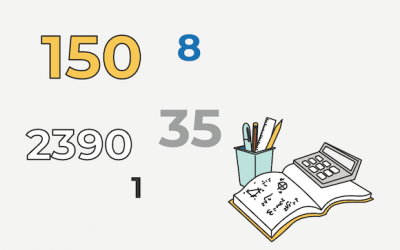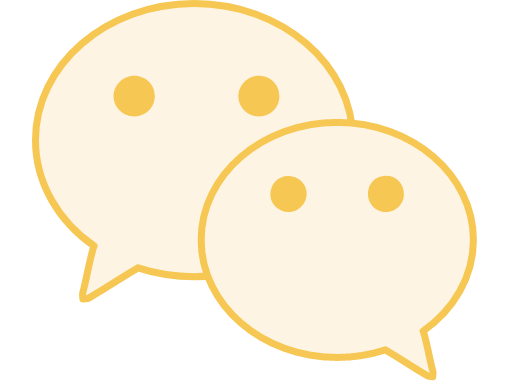The Most Essential Parts on the Chinese Language
Chinese has become a popular foreign language in many countries owing to China’s rapid economic growth. It’s a big challenge for many people to learn Chinese as there are quite a few grammar and vocabulary-related difficulties that they are expected to deal with during their learning process. We would like to take this opportunity to give beginners some advice on what they need to bear in mind to make their Chinese learning more efficient.
1. Pronunciation

Pronunciation is the first barrier that Chinese learners need to overcome. The pronunciation of a Chinese character usually consists of three components: initial, final and tone. It’s relatively easy to pronounce initials and finals as in most cases they are similar to consonants and vowels in the English language. What many Chinese learners find hard is the pronunciation of four different tones. Tones play a tremendous role in Chinese as the same syllable could have a different meaning if it is read with a different tone.
Let’s take “qian” as an example. It could represent four different characters if it’s read with different tones:
千
qiān
thousands
钱
qián
money
浅
qiǎn
shallow
欠
qiàn
to owe
Consequently, when two Chinese people are talking with each other, their understanding largely depends on the context, which means a slight mistake in tones could lead to misunderstanding. Chinese learners are advised to pay extra attention to their pronunciation at the beginner stage.
2. Grammar

Another aspect that gives Chinese learners headaches is Chinese grammar. Some grammatical structures are considered “distinctive” in that they can only be seen in Chinese or a few other Asian languages. For instance, many Chinese learners feel puzzled about the use of measure word. In addition to the “peculiar rule” stating that a measure word is needed between a number and a noun (e.g. one apple, two chairs), there are a large number of measure words in the Chinese language, and different nouns require the use of different measure words. Let’s take a look at a couple of examples to help you better understand the concept of measure words:
When it comes to “a sandwich”, it would be 一个三明治 (yī gè sānmíngzhì), in which 个 (gè) is the measure word.
However, when it comes to small animals like puppies, the most appropriate measure word would be 只 (zhī), which means “a puppy” would be 一只小狗 (yī zhī xiǎo gǒu) in Chinese.
There are some other rules in Chinese that also turn out to be beyond many Chinese learners’ “reasoning abilities”. Therefore, it’s important for beginners to build a solid grammatical foundation for their future studies.
3. Word Order

In terms of making sentences in Chinese, the word order is very different from that in English. It’s essential for beginners to remember the correct word order of some of the most basic sentence structures. Here are a couple of examples for you to have a rough idea of the difference regarding word order between Chinese and English:
我每个星期三学中文。
Wǒ měi gè xīngqīsān xué Zhōngwén.
I study Chinese every Wednesday.
每个星期三 (měi gè xīngqīsān) means “every Wednesday”, which comes before the verb “study”.
我在家喝咖啡。
Wǒ zài jiā hē kāfēi.
I’m drinking coffee at home.
在家 (zài jiā) means “at home”, which indicates the location. In a simple Chinese sentence, the verb usually goes after the location, which is different from that in English.
Having a thorough understanding of word order is the prerequisite for making correct Chinese sentences. Therefore, it’s necessary for beginners to practice basic sentence structures on a daily basis to solidify their knowledge of word order.
4. Characters

Advanced learners are required to learn Chinese characters for academic or professional purposes. However, it’s not necessary for beginners to learn Chinese characters in that it would be more effective for them to focus on listening and speaking. At beginner’s level, many Chinese learners’ main objective is to be able to conduct daily conversations. Being able to have simple conversations with your Chinese colleagues or friends would give you the extra boost you need to continue learning Chinese. Nevertheless, if you think learning characters could stimulate your interest in studying Chinese, it’s perfectly fine to do it at beginner’s level.
We hope this post will be useful and help you make your Chinese learning more efficient. To find out more interesting information about Chinese language, check out one of our blog posts 5 Reasons to Learn Mandarin Chinese in China









0 Comments